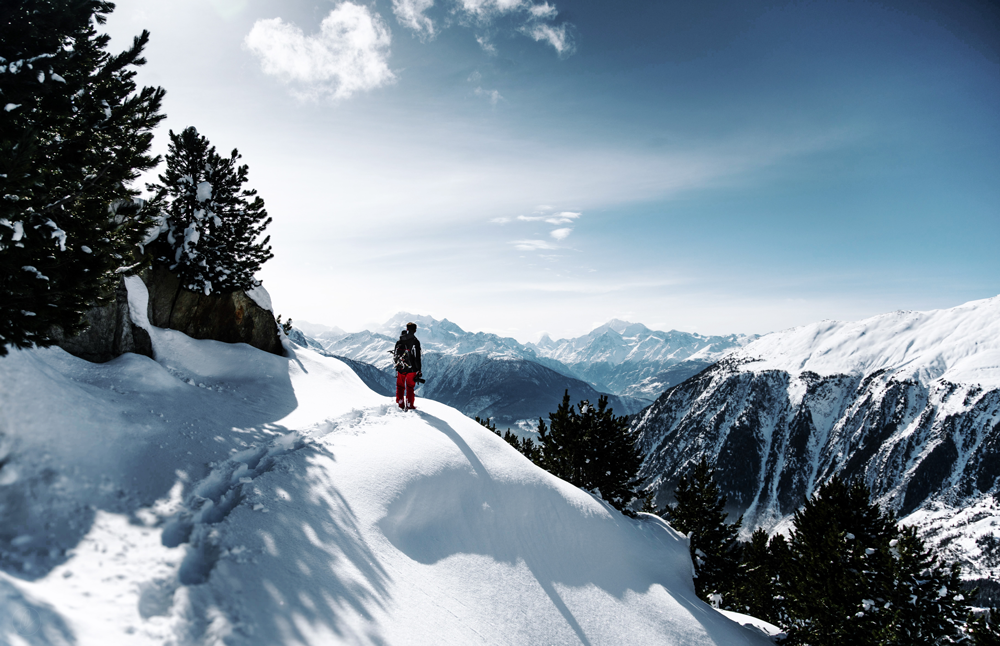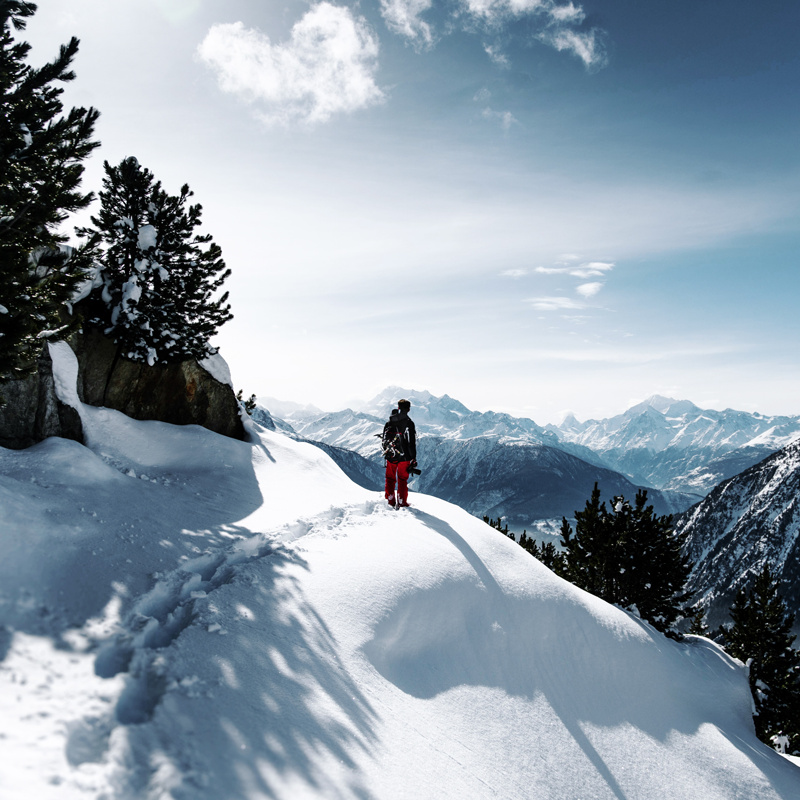Even though colder weather may make it more difficult to shoot outdoors, there is no shortage of beautiful scenery. So how can you make that winter wonderland more hospitable and still end up with incredible images? Read on for our best winter weather tips.

Dress for success
Whatever you do, don’t forget the gloves! Most gloves that are best suited for cold-weather shoots are lightweight and packable, so there’s no reason to leave them behind. Pick up a pair of insulated gloves and keep them in your kit for the duration of the long winter months. Many styles are available that are suited for shooting, including those that have touch-screen enabled sensors in the fingertips, or removable fingers to make sure you have easy access to your equipment. We recommend the gloves by Freehands.
It also won’t hurt to dress in layers. Many climates that experience cold winters also have frequent fluctuations in temperature throughout the day. The morning may begin with an overcast sky, but a bright, shiny sun in the afternoon reflecting off of snow can significantly boost your body heat. Be better prepared by building from a moisture-wicking base layer, then adding additional layers that can easily be removed. And don’t forget to check the forecast for any precipitation so you can include a water-resistant layer or two as well.
Get the right gear
Keep your camera covered—as well as the rest of your gear—by stashing it in a waterproof pack. Lots of bags and backpacks come with an optional rain fly for inclement weather, but starting with a sturdy bag made of tarpaulin, nylon ripstop or other similar materials will provide plenty of protection. Weatherproof interiors will add an extra layer of protection. Many of our outdoor photographers recommend the Shimoda Action X30 or Lowepro Whistler Backpack.
Don’t forget the backup batteries! Cold winter weather can decrease battery life, so it’s important to come prepared with extra batteries and chargers, just in case. Also consider investing in a compatible camera grip. These handy accessories can effectively double your battery capacity, and can even improve a camera’s speed and fps rate. And it certainly won’t hurt to have the additional handling security provided by a grip, especially when working outdoors with gloves on.
Make sure you have enough memory
Just like back-up batteries, you can never have too many memory cards, especially ones that can withstand extreme weather. Don’t let all your hard work go to waste—cards that are weather-resistant are worth the extra investment. Most of these more rugged cards also have added protective features that also make them shock- and drop-resistant. Some of our favorite field-tested cards include the Sandisk Extreme Pro cards.
Hope for the best—plan for the worst
Although ideally the weather for your wintertime shoots will be crisp and clear, it’s important to plan for less than perfect conditions. Gray days happen much more frequently in the winter, creating a lack of color and contrast in your compositions. Make sure you bring along a circular polarizer filter to counteract this effect, and pack a good UV filter, too, to help eliminate harsh ultraviolet rays that can pop up during those bright, sunny moments when the clouds finally clear. Some filters we really like are Hoya and Breakthrough.
With a little extra planning and preparation, your wintertime shoot will go smoothly, and you’ll enjoy your time outdoors.



